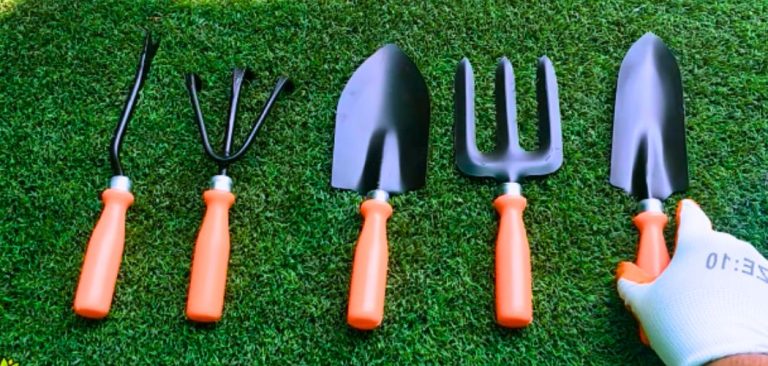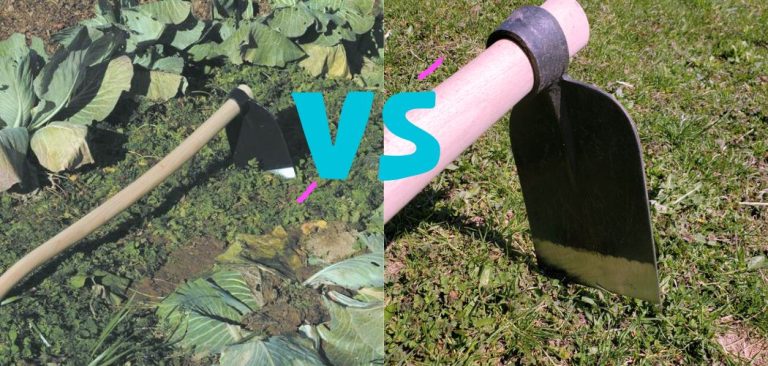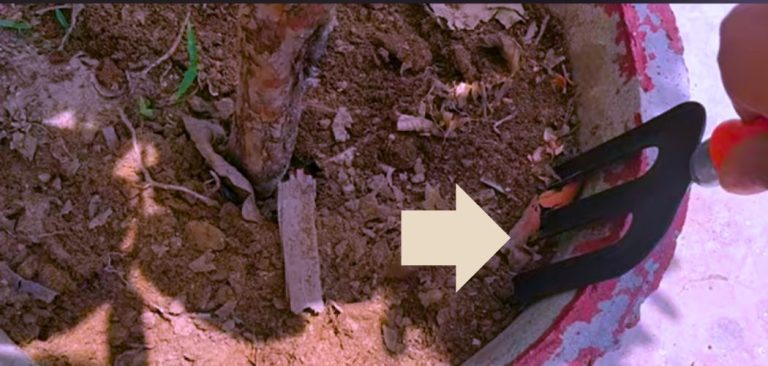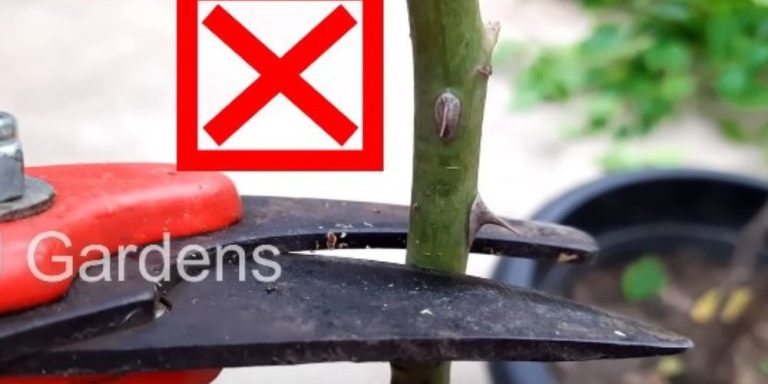uses of axe in agriculture
The axe has been a staple tool in agriculture for centuries, playing a vital role in everything from land clearing to harvesting crops. Its versatility and simple design have made it a go-to tool for farmers and laborers around the world. In this article, we’ll explore the many uses of axe in agriculture, from its earliest beginnings to modern-day applications.
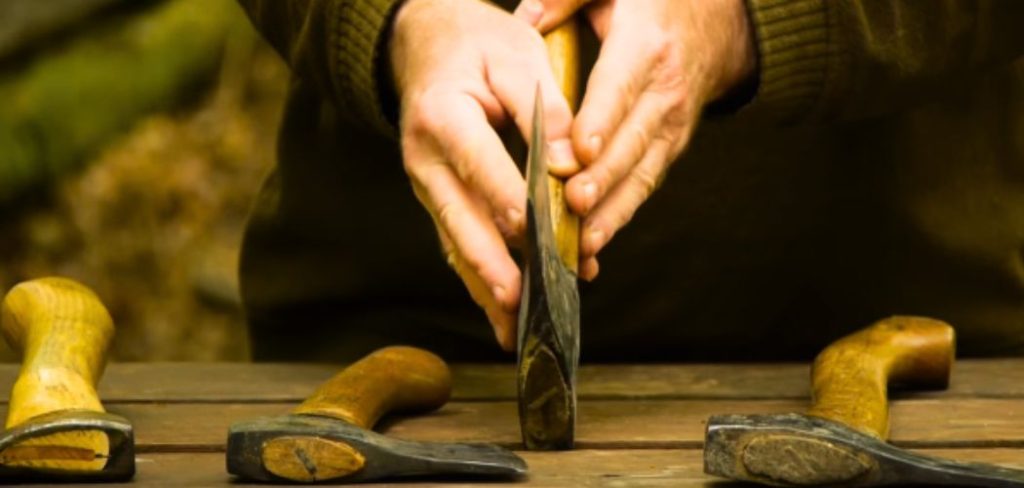
First and foremost, it has traditionally been used in land clearing. When forests or fields needed to be cleared for farming, it was the tool of choice. Its sharp blade could easily cut through trees and underbrush, making way for crops and livestock.
In some regions, the axe was also used to create firebreaks, reducing the risk of wildfires in areas with a high concentration of dead and dry vegetation.
The axe has also been used for splitting wood, another important task on the farm. Whether to fuel the stove or fire or to provide building material, wood was an essential resource for early farmers. It was used to chop logs into smaller pieces for use as firewood, as well as for splitting larger logs into boards and planks for construction.
In addition to land clearing and wood splitting, It has been used for a variety of other agricultural tasks. One of the most common uses was for cutting down crops. Before the advent of machinery, most crops were harvested by hand using simple tools like sickles and scythes.
The axe was often used to cut down stalks of grain, such as wheat and corn, as well as for cutting other crops like sugarcane and tobacco.
The axe was also used for butchering animals, another important task on the farm. When livestock were slaughtered for food, the axe was often used to sever the animal’s head or limbs. It could also be used for splitting bones, making it easier to extract the marrow for use in cooking.
In some cases, It was even used as a weapon. Farmers in some regions were often subjected to raids or attacks by wild animals or hostile tribes. The axe, with its sharp blade and sturdy handle, could be used to fend off these attackers and protect one’s property and family.
Today,it is still used in agriculture, although its role has changed somewhat with the advent of machinery and other technologies.
While it is still used in some regions for land clearing and wood splitting, most farms now rely on tractors and other heavy equipment for these tasks. However, the axe is still used for some specialized tasks, such as pruning trees and vines, as well as for harvesting certain crops like olives and apples.
Type of Axe Uses in Agriculture
There are several types of axes used in agriculture, each with a specific purpose and design. Let’s explore some of the most common types of axes used on the farm:
Felling Axe
The felling axe, sometimes called a forest axe, is used for cutting down trees. It has a long handle, which allows for greater swing and force when chopping, and a blade that is curved and pointed for accuracy in cutting. Felling axes often have heavier heads and longer handles than other axes.
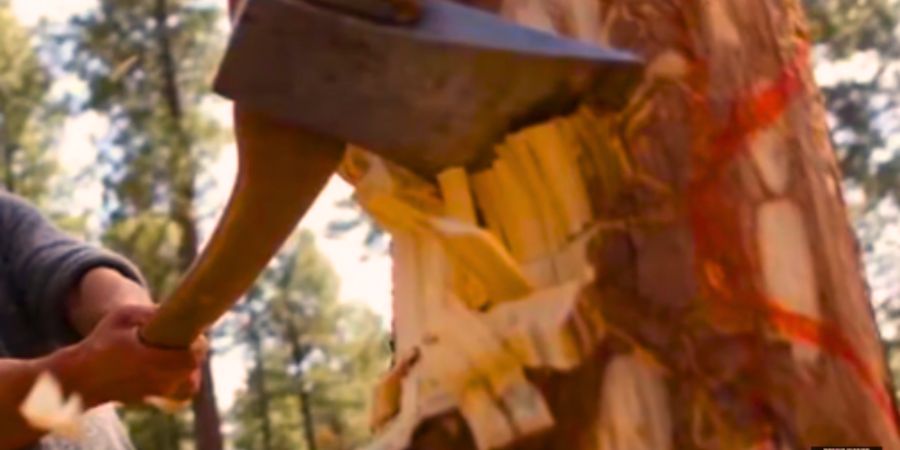
Splitting Axe
The splitting axe, as the name suggests, is used for splitting logs into smaller pieces. It has a wedge-shaped blade that is thicker and heavier than others and a shorter handle that allows for greater control when striking the log. Some splitting axes also have a hammer on the opposite side of the blade for use in driving wedges.
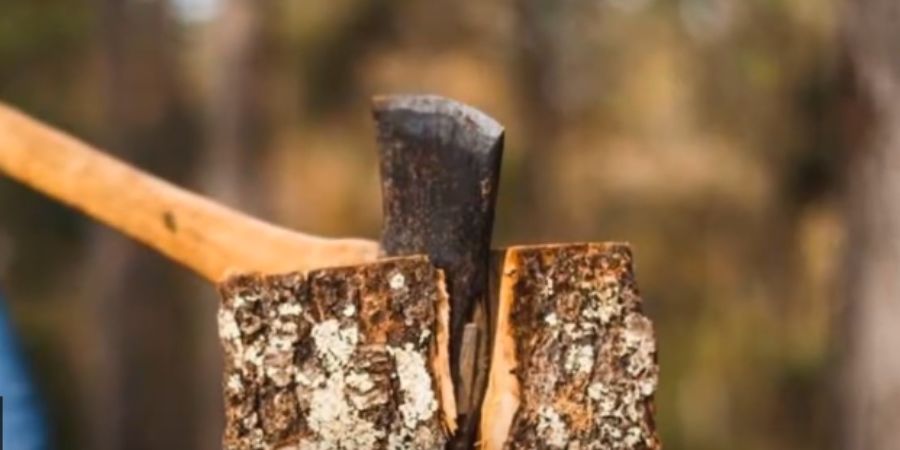
Brush Axe
The brush axe, sometimes called a clearing axe, is used for cutting underbrush and small trees. It has a long, curved blade that is sharpened on one side and serrated on the other, allowing for easier cutting through tough vegetation. Brush axes often have shorter handles than other axes for greater control in tight spaces.
Pruning Axe
The pruning axe is used for trimming and pruning trees and vines. It has a small, curved blade that is designed for precision cutting and a longer handle that allows for greater reach when working in trees. Pruning axes often have a hook on the tip of the blade for pulling down branches.
Broad Axe
The broad axe, also known as a hewing axe, is used for shaping logs into beams and planks. It has a large, flat blade that is sharpened on one side and beveled on the other, allowing for accurate and controlled cuts. Broad axes often have a long handle and are swung overhead, much like a two-handed sword.
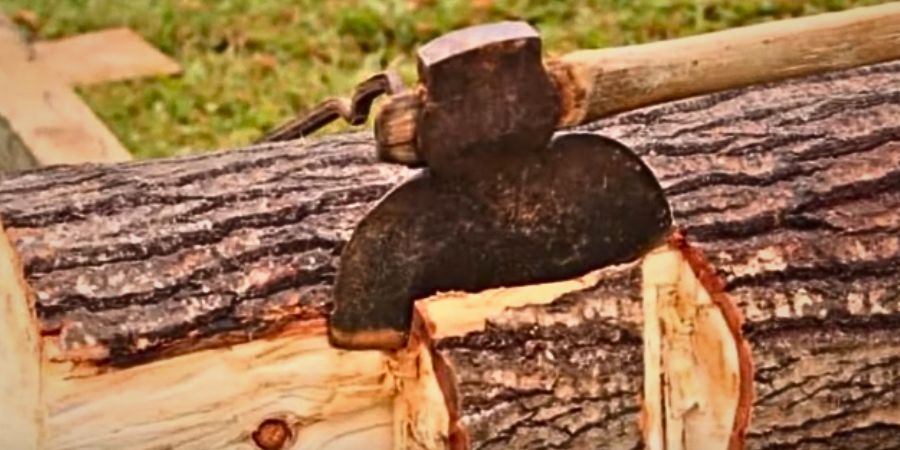
These are just a few of the many types of axes that are used in agriculture. Each one has a specific purpose and design, and farmers and laborers often have a collection of several axes for different tasks. While technology has replaced some of the traditional uses of the axe on the farm, it remains an important tool for many agricultural tasks.
Faqs
What is the Most Common Use of an Axe in Agriculture?
The most common use of an axe in agriculture historically has been for land clearing, whether it be cutting down trees to make space for crops or creating firebreaks to reduce the risk of wildfires.
However, with the advent of heavy machinery and modern technology, the most common use of an axe in agriculture today is for pruning trees and vines.
What Type of Axe is Best for Splitting Wood on the Farm?
The best type of axe for splitting wood on the farm is a splitting axe. It has a wedge-shaped blade that is thicker and heavier than other axes and a shorter handle that allows for greater control when striking the log.
Are There Safety Precautions to Take When Using an Axe on the Farm?
Yes, when using an axe on the farm, it is important to wear protective gear such as work gloves and safety glasses. It is also crucial to ensure a secure and stable footing, using a steady grip and avoiding using the axe with others nearby.
What is the Best Way to Maintain and Care for an Axe Used on the Farm?
The best way to maintain and care for an axe used on the farm is to keep the blade sharp and oiled when not in use. Additionally, the axe should be stored in a cool and dry place to prevent rusting on the metal blade.
Finally, it’s important to check the axe handle frequently for splinters or other signs of wear and tear, and to replace the handle if it becomes too damaged or dangerous to use.
Conclusion
In conclusion, the axe has been a quintessential tool in agriculture for centuries. Whether used for land clearing, wood splitting, crop harvesting, or animal butchering, its versatility and strength have made it an indispensable tool for farmers around the world.
While its role has changed somewhat with the advent of machinery and modern technology, the axe will always have a place in the history of agriculture.
Read also:


